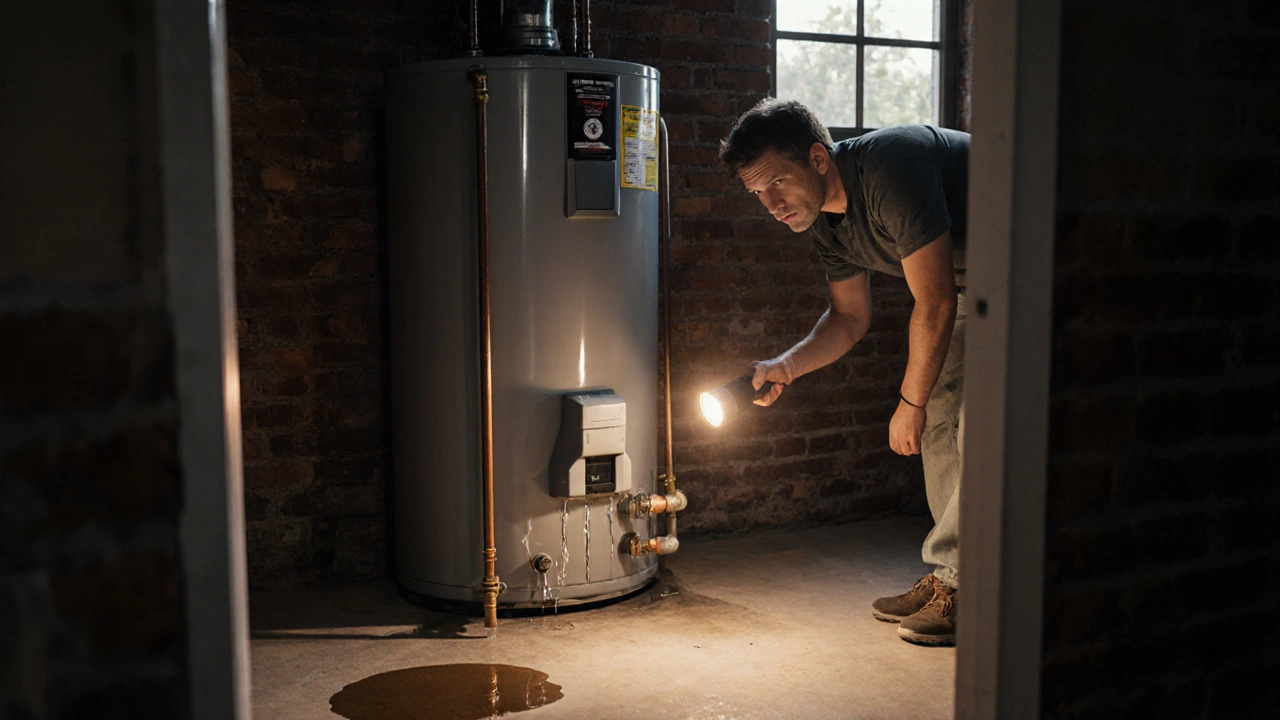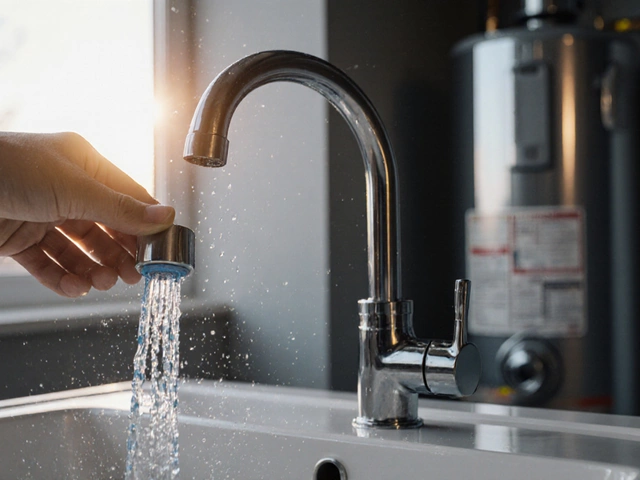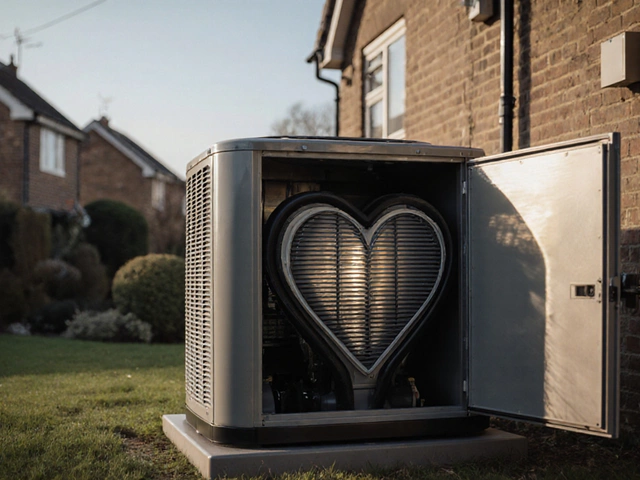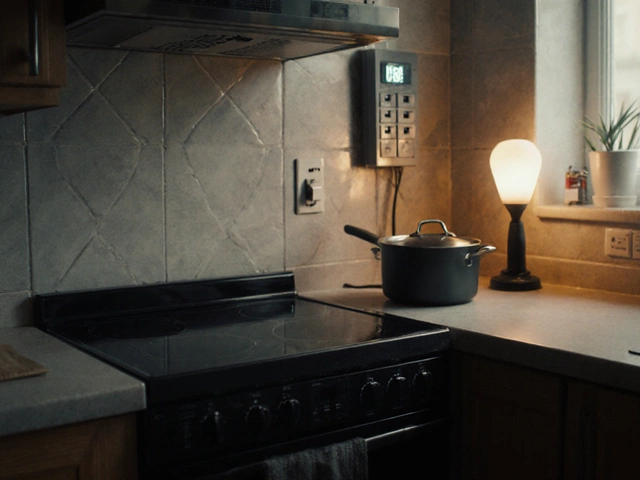Can a Boiler Really Last 50 Years? Lifespan, Tips & Facts Explained
July 11 2025Replace Water Heater – Simple Guide to Know When and How
If your hot water feels lukewarm, you hear strange noises, or the unit leaks, it might be time to replace your water heater. Swapping out a failing heater can save you from higher bills and keep your home safe. This guide walks you through the warning signs, costs, and the basic steps to replace a water heater without unnecessary jargon.
Signs Your Water Heater Needs Replacing
Not every problem means a full replacement, but watch for these clues:
- Age over 10‑12 years: Most tanks last about a decade. If yours is older, corrosion inside can cause leaks.
- Rusty water: Discolored water often means the tank is rusting from the inside.
- Strange noises: Popping or cracking sounds are a sign of sediment buildup that can’t be cleaned out.
- Frequent repairs: If you’ve had three or more fixes in the past year, the cost adds up faster than buying a new unit.
- Water pooling around the base: Leaks are the most obvious sign that the tank is failing.
When you see one or more of these, start budgeting for a replacement. Ignoring them can lead to water damage or a sudden loss of hot water.
Steps to Replace a Water Heater Safely
Replacing a water heater isn’t rocket science, but you need to follow safety steps. If you’re not comfortable with any part, call a qualified gas engineer.
- Turn off power and gas: For electric units, switch off the breaker. For gas units, shut the gas valve.
- Drain the old tank: Connect a garden hose to the drain valve, open it, and let the water flow into a floor drain or outside.
- Disconnect lines: Unscrew the cold‑water inlet and hot‑water outlet. For gas heaters, also detach the gas line using a wrench.
- Remove the old heater: It’s heavy, so use a dolly or get help. Keep the floor protected with a sheet.
- Position the new unit: Follow the manufacturer’s spacing guidelines. Make sure the vent pipe (for gas models) has a clear path.
- Reconnect water and gas lines: Use new Teflon tape on threaded connections to prevent leaks.
- Fill and test: Open the cold‑water valve, let the tank fill, and check for leaks. Turn on power or gas, then test hot water at a faucet.
- Secure venting and insulation: For gas heaters, ensure the vent is sealed and upward. Add a blanket insulation jacket if recommended.
Most homeowners finish these steps in a few hours. The biggest cost drivers are the unit itself (average £600‑£1,200) and any professional labour if you hire help.
After the swap, set a reminder to service the new heater every year. Regular flushing removes sediment, which prolongs life and keeps efficiency high.
Need more specific advice? Check out our related posts such as “Flush vs. Drain: The Best Way to Maintain Your Water Heater” and “Should You Turn Off the Breaker When Resetting Your Water Heater?” for deeper tips.
Replacing a water heater doesn’t have to be a nightmare. Spot the warning signs early, budget for a solid unit, and follow the safety steps. Your home will stay warm, your bills stay lower, and you’ll avoid surprise leaks.
 23 Oct
23 Oct
Should You Repair Your Hot Water Heater? Cost vs Replacement Guide
Decide whether to fix or replace your hot water heater with a clear cost guide, common issues, DIY tips, and a handy decision checklist.
Read More... 27 Jun
27 Jun
How Long Should Your Water Heater Last? Lifespan, Signs, and Replacement Tips
Everything you should know about how long a water heater lasts. Discover practical maintenance tips, warning signs, and real facts to help you plan for a replacement.
Read More...



